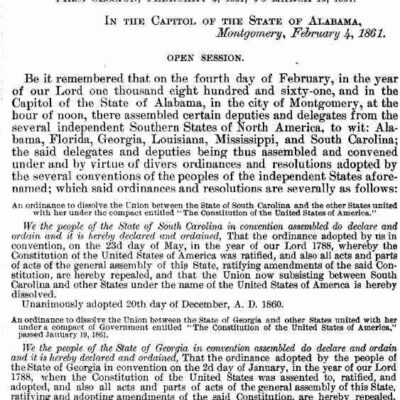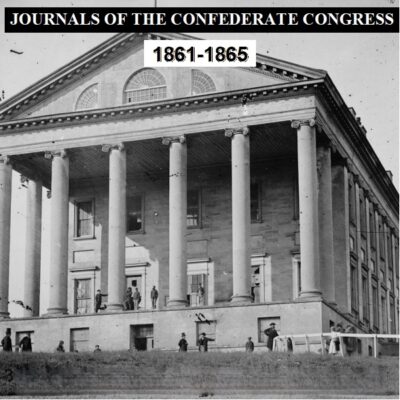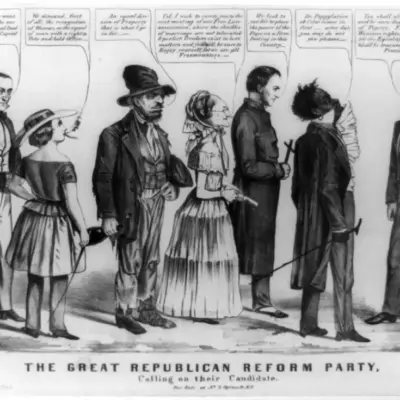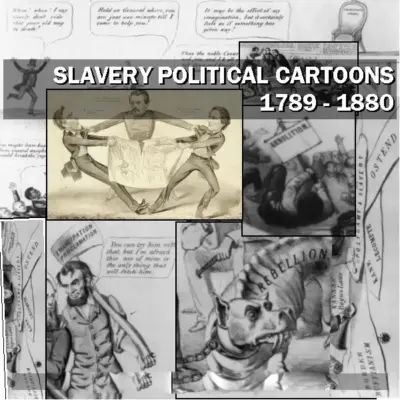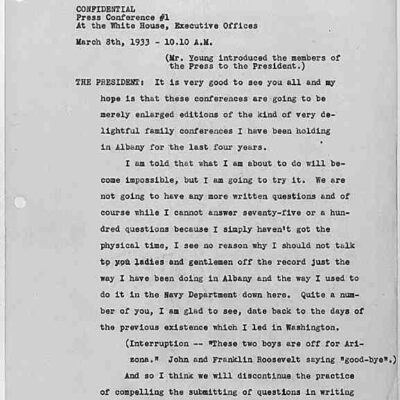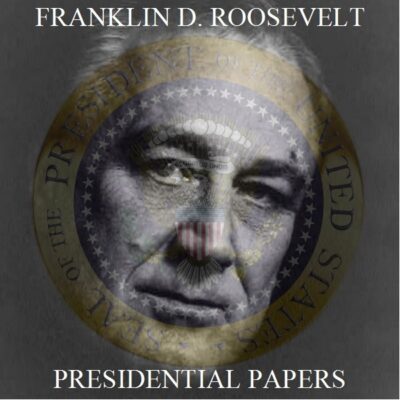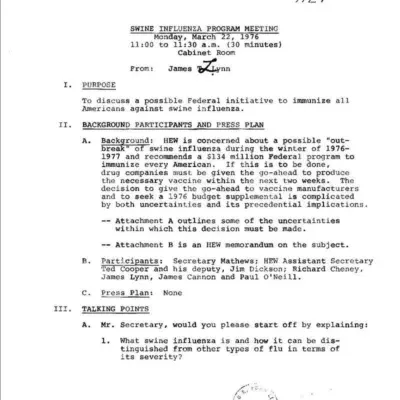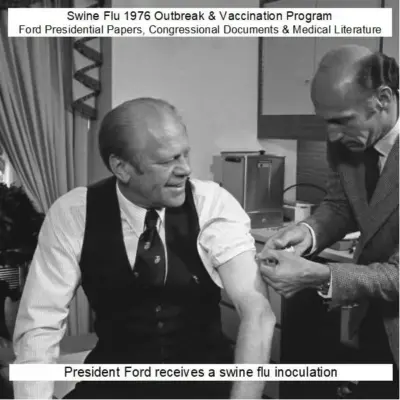“Watergate: Congressional hearings, reports, exhibits, and transcripts” has been added to your cart. View cart

John Wilkes Booth – Lincoln Assassination Documents & FBI Files
$19.50
Category: Historical Files
Tags: fbi, FBI Files, John Wilkes Booth
Description
John Wilkes Booth and Lincoln’s Assassination: A Timeline and Cast
1860
- July 24, 1860: John Wilkes Booth’s theatrical career is covered in American newspapers, including The Daily Exchange (Baltimore, MD). This marks early public attention to Booth.
1864
- March 19, 1864: John Wilkes Booth sends a telegram to Michael O’Laughlin, stating, “Don’t fear to neglect your business. You better come at once.” This suggests early conspiratorial or urgent communication between them.
- Undated (1864): John Wilkes Booth sends another telegram to Michael O’Laughlin, instructing, “Get word to Sam, come on with or without him, Wednesday morning. We sell that day for sure. Don’t fail.” This indicates a planned event or transaction, possibly involving “Sam.”
- Undated (1864): John Wilkes Booth writes his “To Whom It May Concern” letter, condemning the North and the Union, referencing his role in the capture and execution of John Brown, and expressing support for slavery.
1865
- March 18, 1865: John Wilkes Booth’s theatrical career continues to be covered in newspapers, including The New York Herald.
- April 1865: John Wilkes Booth’s “To Whom It May Concern” letter is published in the Philadelphia Inquirer.
- April 1865 (undated, likely before the assassination): John Wilkes Booth writes his “Dearest Beloved Mother” letter to Mary Ann Holmes Booth, apologizing for his possible loss of life in supporting the cause of the South.
- April 14, 1865: John Wilkes Booth leaves a calling card for Vice President Andrew Johnson at his Washington, D.C. hotel, which reads, “Don’t wish to disturb you. Are you at home? J. Wilkes Booth.”
- April 14, 1865: The assassination of President Abraham Lincoln occurs (as implied by “The Washington police blotter from day of the assassination” and other assassination-related materials).
- Post-April 14, 1865: Lincoln’s funeral takes place, followed by the execution of the conspirators (evidenced by photos and illustrations).
- July 6, 1865: Sarah F. Mudd, wife of Dr. Samuel Mudd, gives a sworn statement (affidavit) before Justice of the Peace Ferguson regarding John Wilkes Booth’s visits with Dr. Mudd.
- 1865 (publication date): George Alfred Townsend publishes “The life, crime, and capture of John Wilkes Booth, with a full sketch of the conspiracy of which he was the leader, and the pursuit, trial and execution of his accomplices.”
Later Events (spanning multiple years, FBI files):
- 1922-1923: William J. Burns, former Director of the Bureau of Investigation, corresponds regarding a theory that John Wilkes Booth lived many years after Lincoln’s assassination.
- 1948: The FBI Laboratory conducts an examination of a boot said to have been worn by Booth on the night of the assassination.
- 1977: The FBI Laboratory conducts an examination of a diary belonging to Booth.
Historical Publications (undated within timeframe unless specified):
- 1892: T.M. Harris publishes “Assassination of Lincoln; A History of The Great Conspiracy; Trial of the Conspirators by a Military Commission, and a Review of the Trial Of John H. Surratt.”
- 1901: Osborn Hamiline Oldroyd publishes “The Assassination of Abraham Lincoln – Flight, Pursuit, Capture, and Punishment of the Conspirators.”
- 1914: B. Berkeley Johnson publishes “Abraham Lincoln and Boston Corbett with Personal Recollections of Each; John Wilkes Booth and Jefferson Davis, A True Story of their Capture.”
- 1929: Francis F. Wilson publishes “John Wilkes Booth – Fact and Fiction of Lincoln’s Assassination.”
- 1930: W.J. Ferguson publishes “I Saw Booth Shoot Lincoln.”
- 1940: Otto Eisenschiml publishes “In the Shadow of Lincoln’s Death.”
- 1944: Edward James Kelly publishes “The Crime at Ford’s Theater.”
- 1949: R. Bond Truett publishes “Lincoln, the Story of the Assassination.”
- 2020: “Staff Ride Guide the Lincoln Assassination” is published.
Cast of Characters
Principle People Mentioned in the Sources:
- John Wilkes Booth: A prominent American actor and Confederate sympathizer, known for his theatrical career from at least 1860 until March 1865. He is the central figure in the assassination of President Abraham Lincoln in April 1865. The sources include his personal correspondence (telegrams, “To Whom It May Concern” letter, letter to his mother), a calling card left for Vice President Johnson, and extensive historical and FBI investigations into his life, actions, and later theories about his survival.
- Abraham Lincoln: The 16th President of the United States, whose assassination on April 14, 1865, is the central event around which much of the historical material revolves. His funeral and the subsequent events are documented.
- Mary Ann Holmes Booth: John Wilkes Booth’s mother, to whom he wrote a letter apologizing for his potential death in support of the Southern cause.
- Michael O’Laughlin: An individual who received telegrams from John Wilkes Booth in 1864, suggesting his involvement in Booth’s early activities or conspiracies. He is identified as one of the “conspirators.”
- “Sam”: An unnamed individual mentioned in a telegram from John Wilkes Booth to Michael O’Laughlin in 1864, instructed to “come on with or without him” for a planned event. This likely refers to Dr. Samuel Mudd.
- Dr. Samuel Mudd: A physician visited by John Wilkes Booth, as confirmed by an affidavit from his wife, Sarah F. Mudd, in July 1865. He was implicated in the conspiracy due to his association with Booth.
- Sarah F. Mudd: The wife of Dr. Samuel Mudd, who provided a sworn statement (affidavit) in July 1865 concerning John Wilkes Booth’s visits to their home.
- Vice President Andrew Johnson: The Vice President at the time of Lincoln’s assassination. John Wilkes Booth left a calling card for him at his Washington, D.C. hotel on the day of the assassination.
- William Seward: The Secretary of State under Lincoln. He is mentioned as a recipient or sender of “Assassination Related Correspondences and Declarations.”
- Attorney General James Speed: The Attorney General under Lincoln. He is mentioned as a recipient or sender of “Assassination Related Correspondences and Declarations.”
- William Milward: An individual mentioned in “Assassination Related Correspondences and Declarations.” His specific role is not detailed, but he was involved in communications related to the assassination.
- Captain Edward P. Doherty: Identified as the “pursuer of Booth,” suggesting his role in the hunt for John Wilkes Booth after the assassination.
- Justice of the Peace Ferguson: The official before whom Sarah F. Mudd gave her sworn statement regarding Booth’s visits to Dr. Mudd in July 1865.
- John Brown: An abolitionist whose capture and execution are referenced by John Wilkes Booth in his “To Whom It May Concern” letter, where Booth states his role in these events and his support of slavery.
- William J. Burns: Former Director of the Bureau of Investigation (later the FBI). In 1922 and 1923, he corresponded about the theory that John Wilkes Booth survived the assassination for many years.
- Mary Todd Lincoln: Abraham Lincoln’s wife, who later filed a petition for a pension due to her husband’s death.
- John H. Surratt: A conspirator mentioned in T.M. Harris’s 1892 book, “Assassination of Lincoln; A History of The Great Conspiracy; Trial of the Conspirators by a Military Commission, and a Review of the Trial Of John H. Surratt.”
- Boston Corbett: An individual mentioned in B. Berkeley Johnson’s 1914 book, “Abraham Lincoln and Boston Corbett with Personal Recollections of Each,” suggesting he played a role in the events following the assassination, possibly involved in Booth’s capture or death.
- Jefferson Davis: The President of the Confederate States of America. His “capture” is mentioned in B. Berkeley Johnson’s 1914 book alongside Booth’s, implying a connection in historical accounts of the post-Civil War period.
